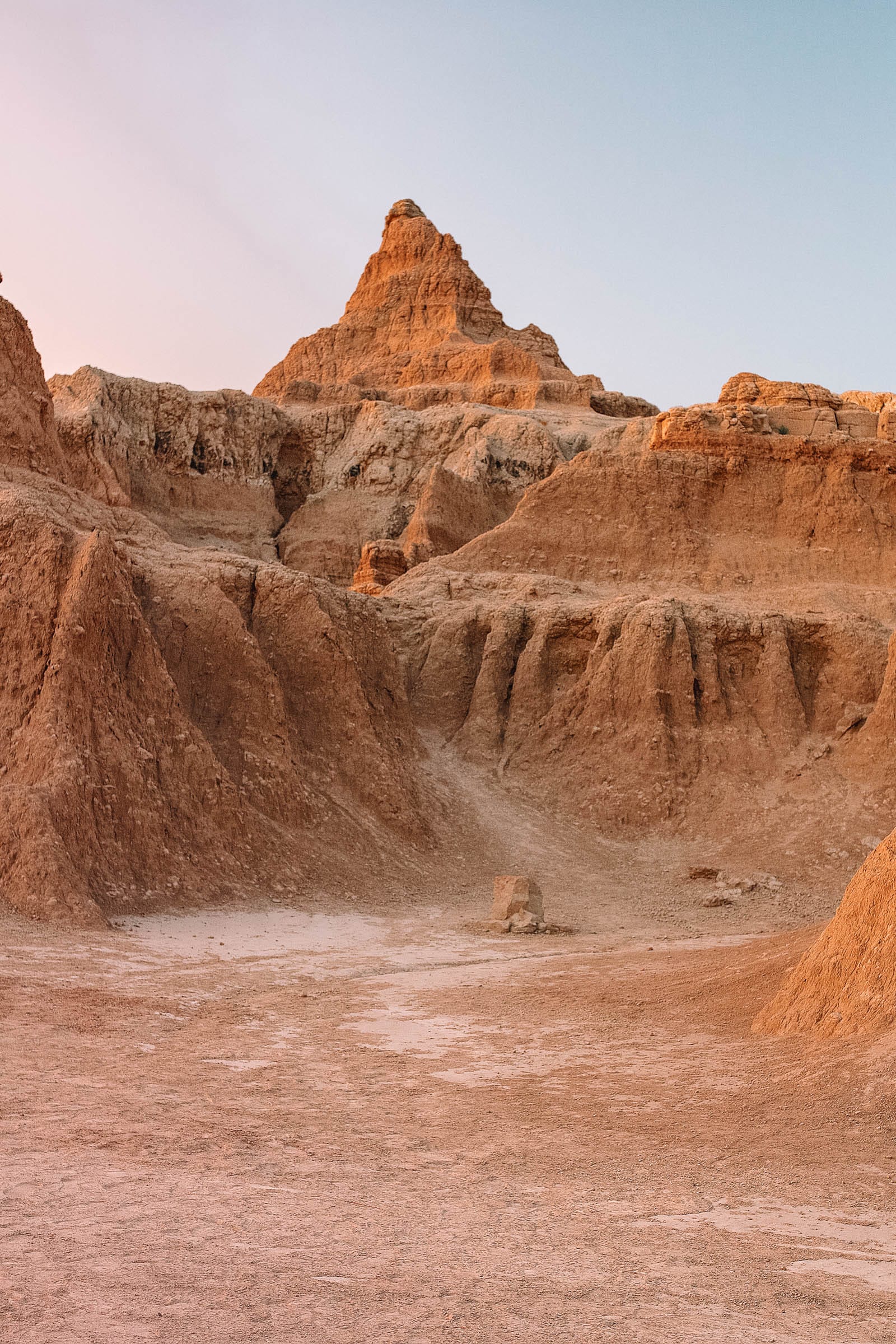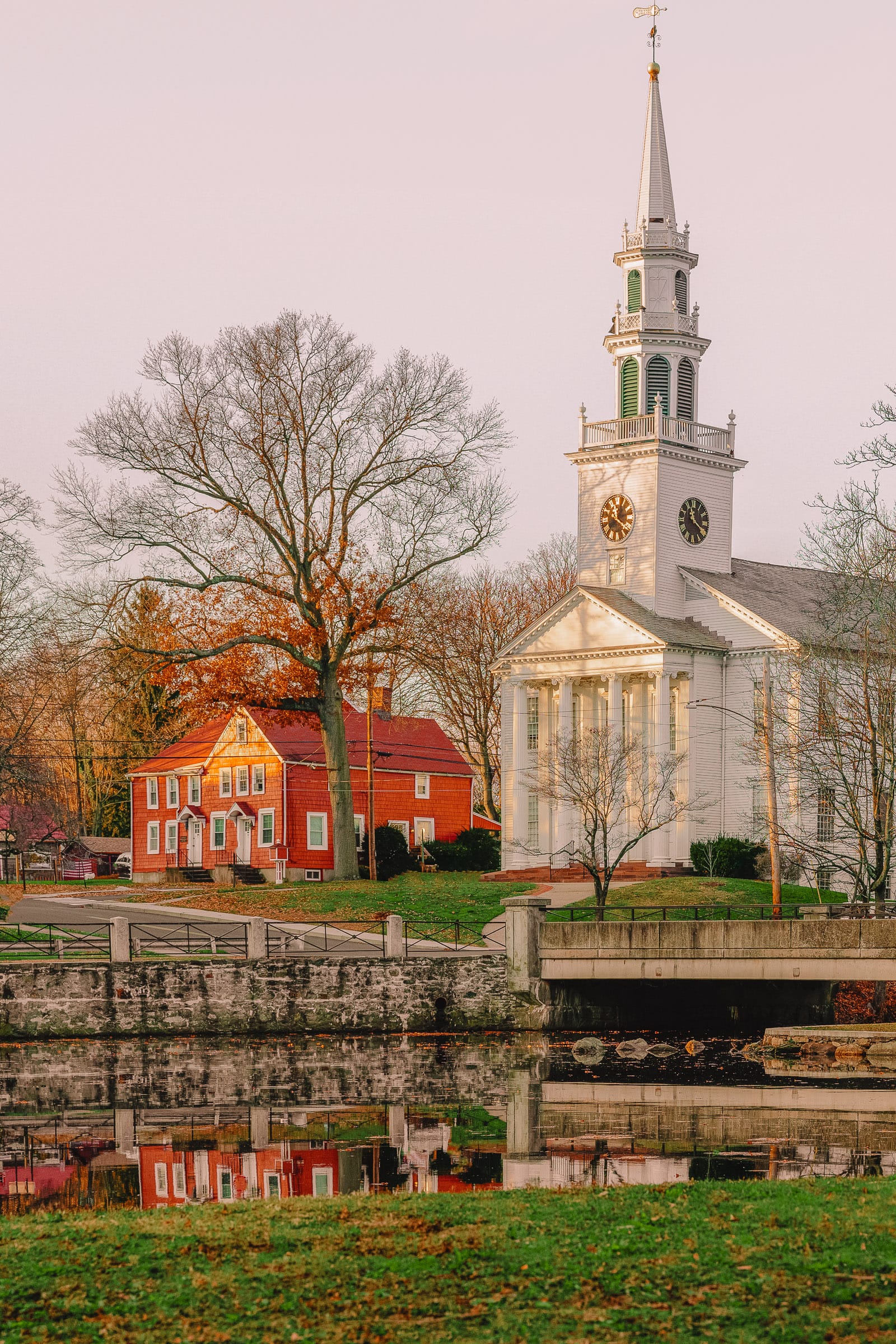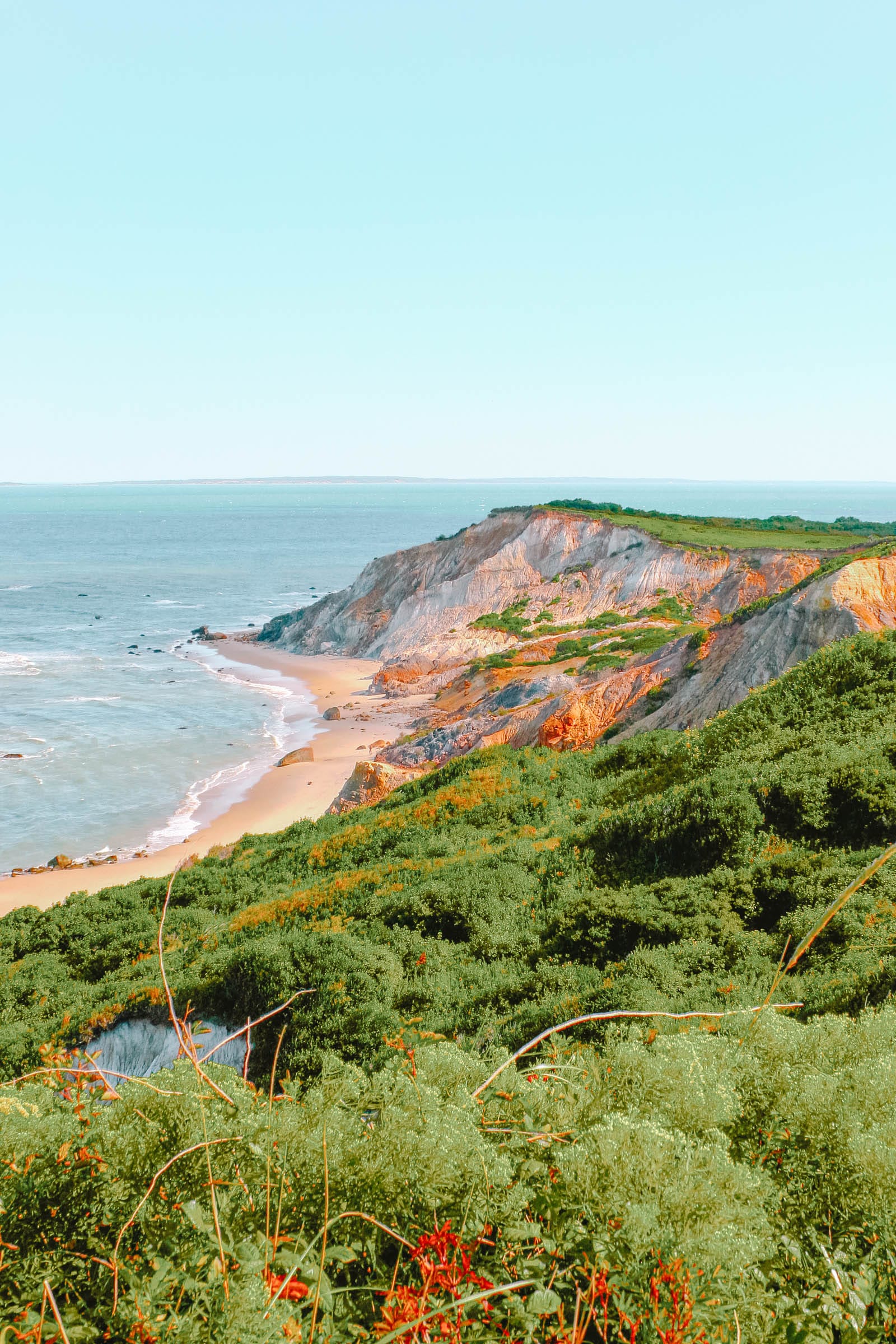Discovering Norway’s Mythological Wonders
Norway’s incredible landscapes have inspired travelers for generations. Long before adventurers set out to explore the fjords and mountains, these natural wonders served as the foundation for the country’s rich mythology and folklore.
Everyday life in Norway involved navigating lakes and fjords with unfathomable depths, as well as traversing dense forests and towering mountains. These fantastical backdrops inspired some of Norway’s most memorable mythological creatures and legendary tales, filling the wilderness with enchanting possibilities.
Visitors today are likely to immerse themselves in Norway’s breathtaking outdoors through hiking, swimming, or chasing the Northern Lights. Understanding the rich history and symbolism of these natural wonders can enhance your appreciation for Norway’s beauty.

Imagine trekking towards a mountain that was once believed to be a troll caught in the dawn light. Diving into sparkling lakes could have you sharing the waters with a legendary sea serpent or a malevolent water horse. Alternatively, you might receive the gift of music from a waterfall – should your offering be deemed worthy.
Trolls
Trolls are the most iconic figures in Norwegian myth, commonly found in souvenir shops and often carved from wood or stone on hiking trails. While they appear small and friendly in these depictions, Professor Terry Gunnell, a folkloric expert, highlights that trolls were historically giants shaped by the rocky landscape.

“Anyone who visits western Norway, especially the area around Trondheim and Jotunheimen—a name meaning land of the giants—can sense the presence of trolls. They are often characterized as ancient, powerful beings who shaped the landscape, creating the environment we see today. Their lore acts as a reminder of nature’s mystery.”
Where to find trolls: Iconic landscapes throughout Norway are said to be remnants of trolls who turned to stone in sunlight. Notable examples include the Seven Sisters Mountains in Nordland, which is the tale of seven daughters petrified during sunrise. Another famous landmark is Trolltunga, known as ‘troll’s tongue’, a sought-after photographic spot.
Bergen’s Trollskogen (Troll’s Forest) features numerous family-friendly walking trails adorned with brightly painted troll sculptures, representing the friendlier side of these mythical beings.

Fossegrim
The symphonic sound of rushing water has fostered legends around Norway’s over 300 waterfalls.
As Terry Gunnel explains, “For aspiring musicians, particularly fiddle players, an offering of a leg of lamb to a waterfall could lead to lessons from the spirit residing within. If accepted, the teachings could bestow such power that it could make others dance to their doom.”
Where to find the Fossegrim: This spirit can be encountered near many of Norway’s picturesque waterfalls, including the thundering Kjosfossen near Flåm, which offers access to the water’s edge. The scenic twin waterfall Låtefossen, nestled close to the Hardangervidda National Park, also provides a breathtaking view.

Nøkken
The idea of a water spirit in the form of a horse conveys both beauty and danger. Historically, tales were shared to caution children against the lurking dangers of lakes.
“It serves as an excellent instructional tale,” Terry Gunnell remarks. “It raises awareness about the mysterious depths of lakes and the inherent risks, helping keep children safe.”
Stories vary; some tell of children lured by the enchanting horse, while others recount darker fates resulting in tragic disappearances.
Where to find the Nøkken: Tårnjernet lake in Jomfruland National Park inspired artist Theodor Kittelsen’s ethereal representations of this water spirit. The beautiful setting—filled with water lilies—provides an alluring yet cautionary story for visitors.

Sea Serpent
Lake Seljord is rumored to house the legendary serpent Selma. Eyewitness accounts of this mysterious creature date back to 1750, echoing familiar tales of lake monsters found in stories worldwide.
“Topical legends share similarities with the Loch Ness monster or Iceland’s Lagarfljót serpent,” explains Gunnel. “These tales are remnants in modern fantasy literature, such as Tolkien’s The Hobbit, depicting the hero’s battle against the serpent.”
Where to find Selma: Seljord proudly showcases its connection to the mythical serpent, even featuring it on its coat of arms. The best perspective of this captivating landscape is from the Sea Serpent Tower, complete with advice for visitors who might spot it. This small town holds immense cultural significance, with numerous folk tales and songs stemming from this area.

Bears
Norway is home to both brown and polar bears, and their anthropomorphic traits have inspired countless stories. Tales of were-bears echo the legendary werewolf narratives, illustrating a man’s transformation into a bear and the ensuing consequences.
Where to find bears: The Svalbard archipelago hosts around 3,000 polar bears. Due to the danger, joining a guided tour or cruise is recommended for safe sighting opportunities. Brown bears, being scarce, may be spotted in Øvre Dividal National Park between June and mid-August.

Northern Lights
One of nature’s grand spectacles, the Aurora Borealis captivates onlookers with an array of vibrant colors. However, within the dark wilderness, their beauty can also evoke fear, prompting traditions among the Sámi that viewed the lights as omens.
Where to see the Northern Lights: Northern Norway ranks as one of the best global locations to catch a glimpse of the Northern Lights, yet this elusive wonder can be unpredictable. The optimal viewing season runs from November to March.

Huldra
The Norwegians depict these mythical beings known as Huldra as enchanting figures often residing underground or in lush forests. Traditionally, eluding mention of their name conveys respect and caution.
Tales of the Huldra include stories in which their presence leads inhabitants to relocate entire farms, ensuring they don’t anger these hidden spirits.
Where to find Huldra: These elusive beings are often connected to the forests that grace Norway’s landscape. The Eventyrskogen (Fairytale Forest) in Årdal is an easy walking trail filled with charming references to Huldra and other folklore creatures, providing an excellent backdrop for discovery.




